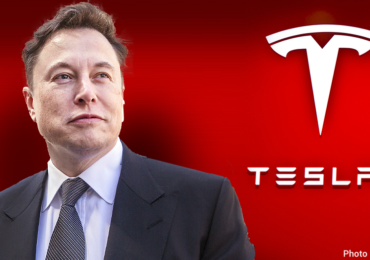As a major brand, there have been many opinions that Starbucks’ business strategy has not been particularly successful in Vietnam and Asia. So what’s the truth? Let’s explore Starbucks’s business model in this area through the following article!
I. Overview of Starbucks
Starbucks is one of the world’s most famous coffee brands. Currently, Starbucks has over 30,000 retail locations in 75 countries worldwide. Starbucks’ mission is to “inspire and nurture the human spirit – one person, one cup, and one neighborhood at a time.”
Inspired by Alfred Peet, the founder of Peet’s Coffee & Tea, Starbucks’ original founders initially purchased green coffee beans from Peet’s. After a while, the shop moved to 1912 Pike Place, where it still exists today, and began sourcing coffee directly from farms. When it was founded on March 30, 1971, in Seattle, Starbucks was just a small store specializing in selling premium coffee and coffee-making equipment.
Starbucks’ remarkable growth was marked by Howard Schultz, one of the co-founders, taking over as CEO and directly overseeing the company’s marketing operations. With his creativity, Howard Schultz turned Starbucks from zero to one of the most valuable coffee chains in the world.
II. SWOT Analysis of Starbucks
1. Strengths
a. Branding
Starbucks is a highly valued brand with a beloved coffee flavor. In 2019, Starbucks’ brand value reached $11.7 billion according to Interbrand’s ranking.
b. Stable Investment
Starbucks’ financial foundation is extremely solid. In 2020, the coffee company achieved annual revenue of $26.5 billion and a profit of $3.6 billion, marking a record-breaking business result.
2. Weaknesses
a. High Prices
Starbucks’ beverages are often priced higher than competitors. While this was seen as a sign of luxury in the past when coffee shops were scarce, it has become a weakness as more cafes offer similar quality at lower prices.
b. Slow Product Innovation
Despite being a major coffee brand, Starbucks’ products are perceived as lacking diversity and uniqueness, which is a weakness that the brand needs to address.

3. Opportunities
a. Social Media Development
The rise of the digital age presents an opportunity for businesses to reach more potential customers. Starbucks has begun investing more in paid online advertising and engaging more actively on social media platforms, increasing brand recognition.
b. Growing Demand in Developing Markets
In developing countries, building a brand presence may take time, but there’s a high demand from domestic consumers. This is an opportunity for Starbucks to expand its stores.
4. Threats
a. High Competition
Starbucks faces intense competition, especially in the Vietnamese market, where competitors are trying to attract customers by lowering prices.
b. Economic Downturn
During economic downturns, Starbucks’ revenue and profits have experienced significant declines, as seen in the financial year 2020 due to the impact of the pandemic.
III. Analysis of Starbucks’s Business Strategy in Asia
1. Starbucks’ Business Philosophy
Starbucks emphasizes the concept of the “Third Place.” Simply put, Starbucks aims to become a significant third place in people’s lives. According to a branch manager in the U.S., Starbucks wants its customers to enjoy a comfortable space similar to home and the workplace. Starbucks provides an environment where customers can sit on beautiful chairs, chat with friends, enjoy scenic views, surf the web, and indulge in high-quality coffee.
Additionally, Starbucks has another business philosophy of being a responsible and ethical company, as demonstrated by its responsible sourcing initiatives, support for farmer loans, forest conservation programs, and creating opportunities for education, training, and employment.
2. Starbucks’ Strategic Business Objectives
Regarding Starbucks’ strategic business objectives, the coffee brand divides them into three main goals:
- Maintaining its image as a leading and globally expected brand.
- Expanding into new markets while maintaining its brand identity.
- Becoming a socially responsible enterprise committed to community issues.
3. Starbucks’ Competitive Advantages in the Coffee Market
a. Product Quality
Starbucks always serves customers with the highest-quality coffee. Additionally, the brand ensures the accuracy of coffee beans, coffee grinders, and roasting temperatures. Starbucks also maintains the quality of its coffee beans through responsible sourcing practices.
b. Balance between Profit and Ethical Business
In addition to focusing on increasing profits, Starbucks also emphasizes social activities such as environmental protection. Starbucks’ business strategy includes striving to buy, sell, and use environmentally friendly products, being responsible for the environment’s future, making environmental responsibility a company value, and encouraging all partners to participate in environmental protection.
The above are some of Starbucks’ business strategies. Hopefully, this article will provide some information and insights for young entrepreneurs aspiring to build a standardized coffee system. Wishing you success in your endeavors.









